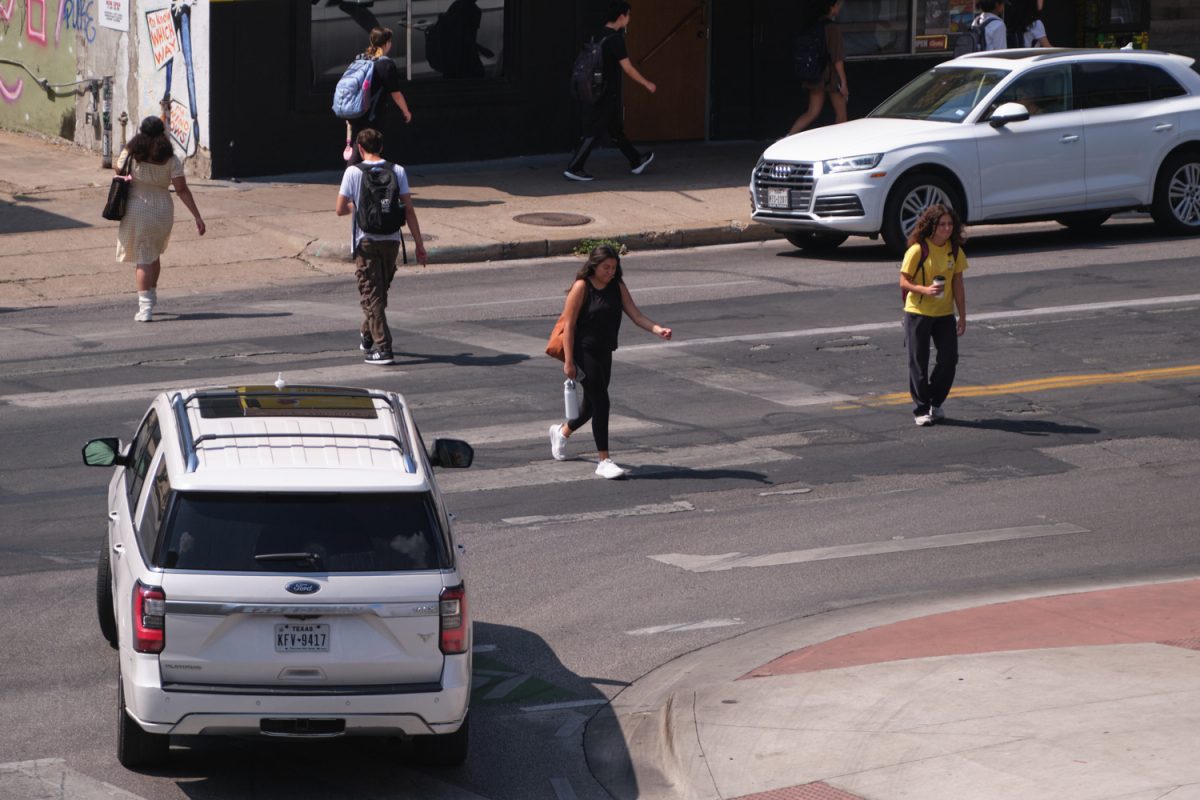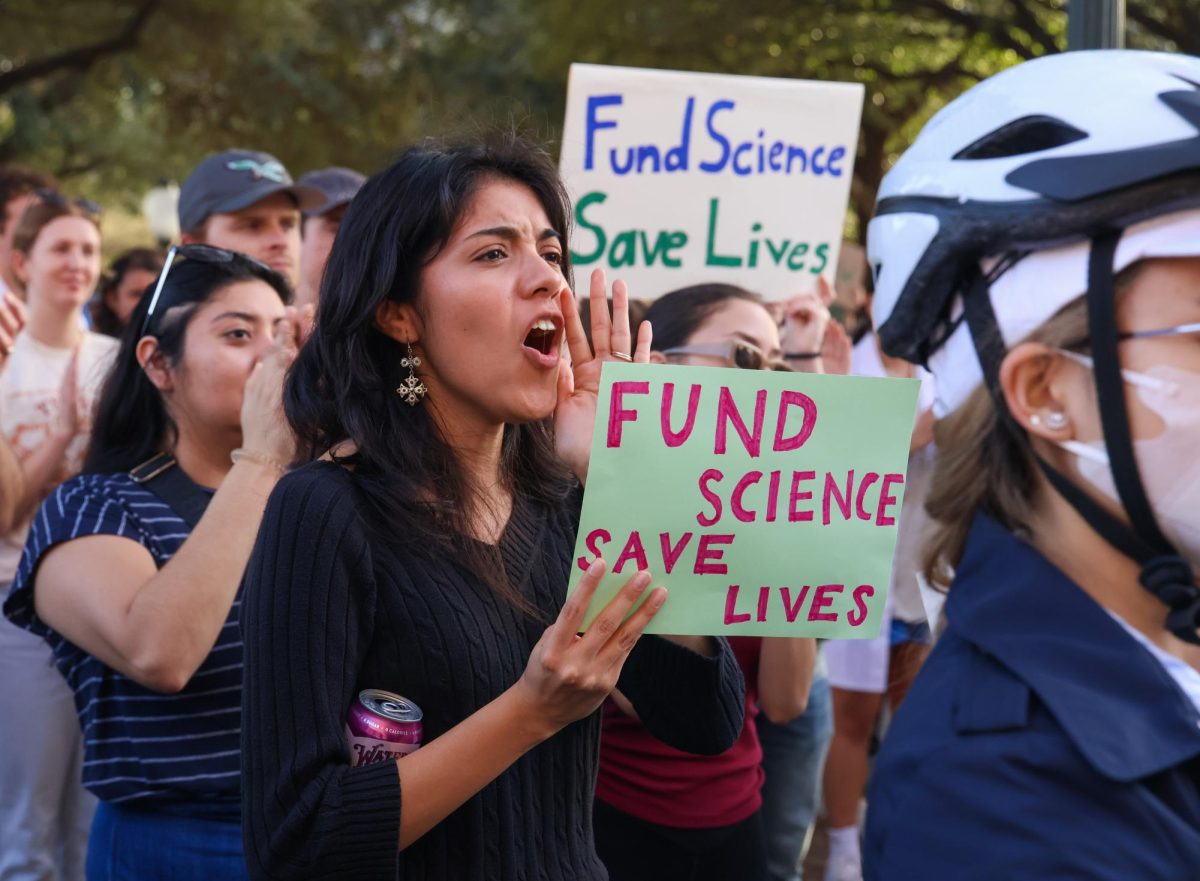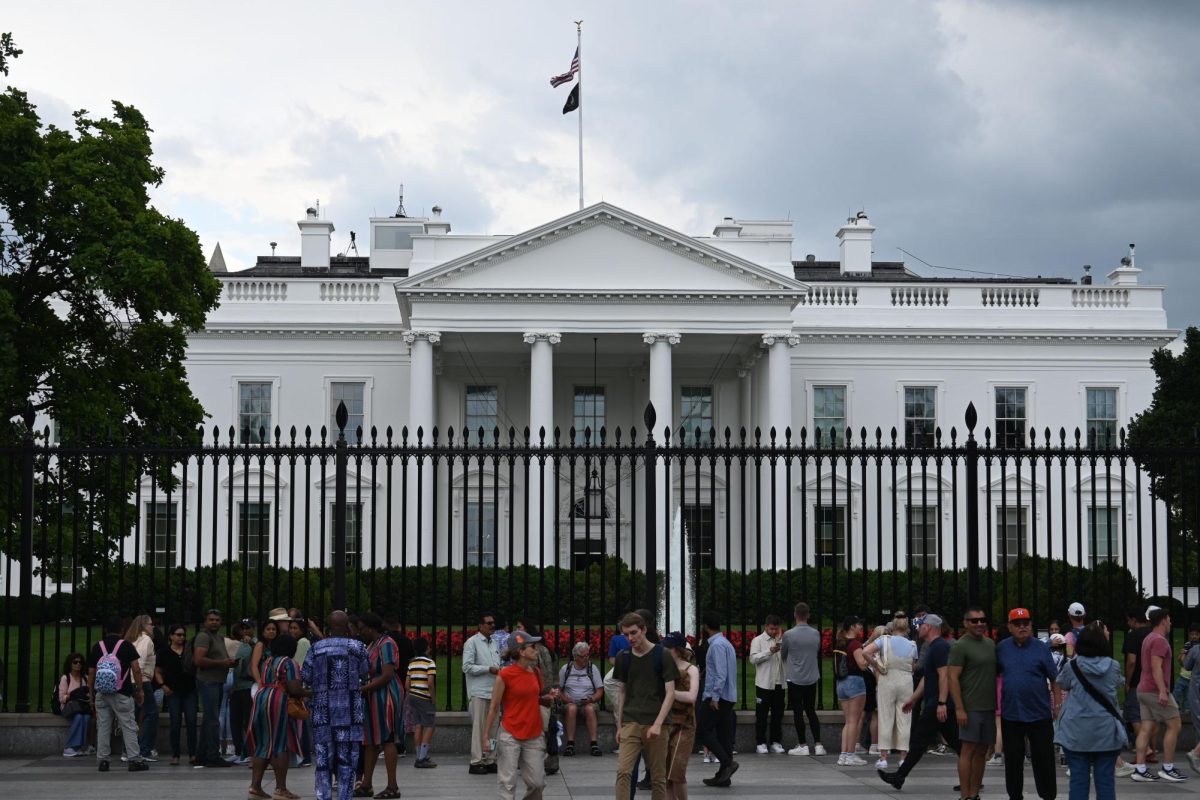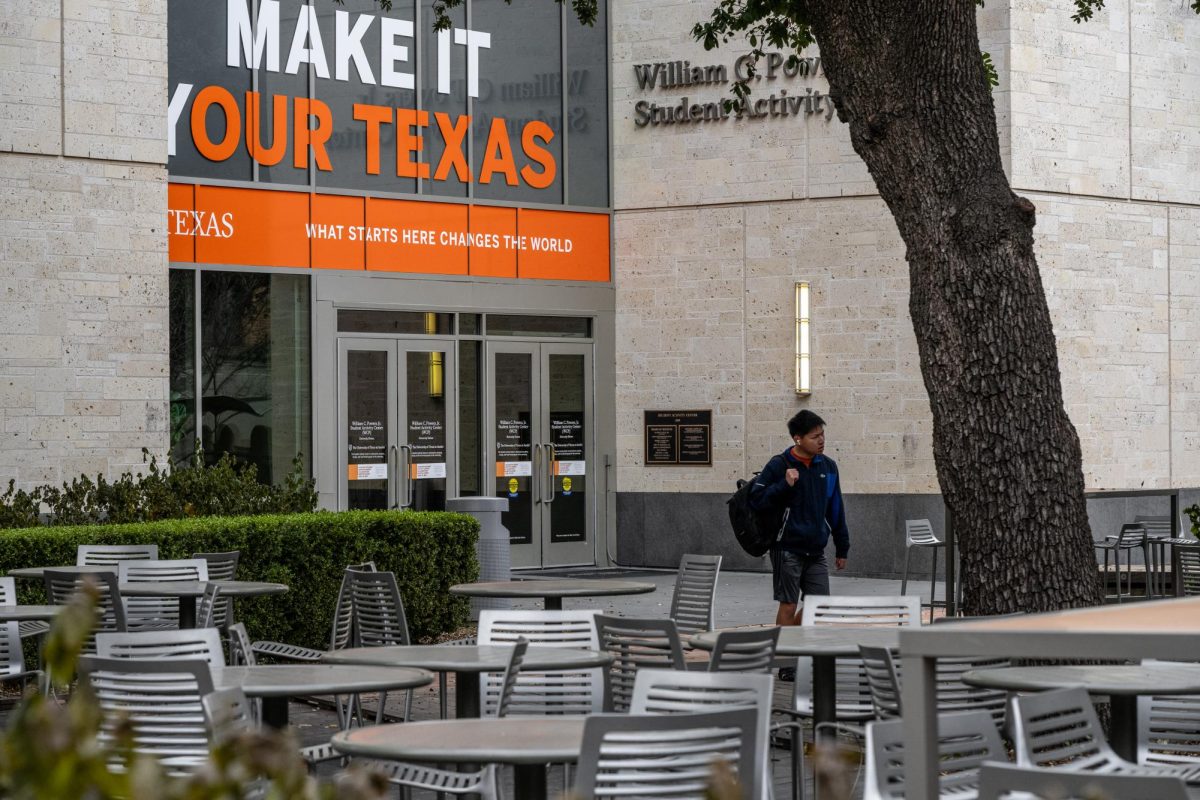The city of Austin received $10.5 million in funding from the U.S. Department of Transportation to put toward pedestrian safety infrastructure on Sept. 5.
The project will implement safety treatments including pedestrian hybrid beacons, crossing islands and curb extensions at nearly 50 locations across Austin. The crossings will help the city reduce fatal injuries and collisions. A small portion of the grant will also be put toward testing soft road closures as part of the Living Streets Program, which is aimed at improving multimodal transportation on local streets.
“Some of our crossing distances are honestly miles apart, so that’s just unacceptable in terms of expecting someone to go that far across the street,” said Laura Dierenfield, a division manager with Austin’s Transportation and Public Works department. “We need to find ways to close those gaps as quickly as possible.”
Dierenfield said their team is evaluating potential areas to prioritize placing the pedestrian crossings. Their team utilized community feedback from the Sidewalks, Crossings and Shared Streets Plan and considered high-injury network corridors throughout the city from the city’s Vision Zero plan.
“(The plan is) really heavily weighted towards being more equitable citywide,” said Jetal Bhakta, the head crossing program manager for Austin’s Transportation and Public Works department. “There are certain neighborhoods within the city that have not had the same rates of safety improvements compared to others, and this is our way of trying to rectify that.”
Chito Vela, the District 4 Council Member, said many of the streets and intersections with high numbers of pedestrian industries are within his district, including North Lamar Boulevard and Cameron Road. Vela said a large portion of money will be invested into those areas.
“The problem is that for years we built streets with just cars in mind, and now we’re having to go back and fix a lot of those streets,” Vela said. “We’re adding sidewalks, we’re adding bike lanes (and) we’re adding something even as simple as lighting.”
According to Walk Score, a system measuring cities’ walkability, Austin is the 30th most walkable large city in the U.S., and the University is one of the most walkable neighborhoods in Austin. However, Steven Pedigo, director of the LBJ Urban Lab, said Austin as a whole is not a very pedestrian-friendly city.
“One of the things that Austin is trying to do is try to get people to think about walking, getting out of their cars, and to do that means we got to make the city feel safer,” Pedigo said. “That requires investments in bike infrastructures, ensuring that when you’re out walking around in the city, there’s sidewalks, that there’s protection between you and the automobiles.”
Rasa Ghaffaripour, an advertising junior who bikes to almost all his classes every day, also said different parts of Austin feel safer than others in terms of biking and walking infrastructure.
“They could definitely be improved in consistency,” Ghaffaripour said. “Sometimes you’ll have bike lanes where they have the little white poles on the side to block you from the cars, and then sometimes the bike lanes are just a little white line, and they’ll disappear sometimes.”














